Home>Furniture & Design>Bathroom Accessories>How To Get Mold Off A Bath Mat
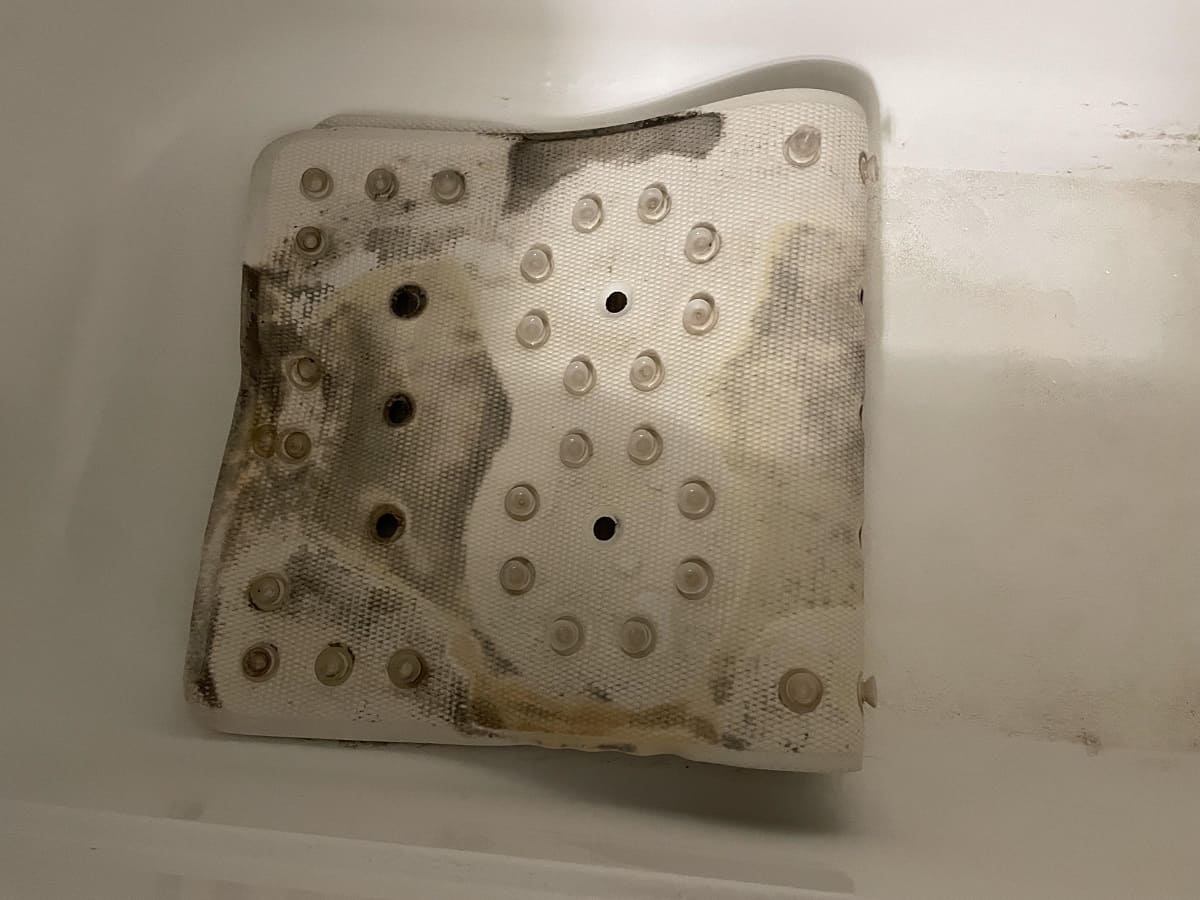

Bathroom Accessories
How To Get Mold Off A Bath Mat
Modified: September 2, 2024
Learn effective ways to remove mold from your bath mat and keep your bathroom accessories clean and hygienic. Discover simple tips for maintaining a mold-free bath mat.
(Many of the links in this article redirect to a specific reviewed product. Your purchase of these products through affiliate links helps to generate commission for Storables.com, at no extra cost. Learn more)
Introduction
Dealing with mold on a bath mat can be a frustrating and unsightly problem. As a crucial element of any bathroom, a bath mat not only serves a functional purpose but also contributes to the overall aesthetic appeal of the space. However, when mold begins to rear its ugly head, it can quickly diminish the comfort and cleanliness of your bathroom. Fortunately, there are effective methods for removing mold from a bath mat and preventing its return.
Mold growth is a common issue in bathrooms, where the combination of moisture and warmth creates an ideal environment for its proliferation. Bath mats, in particular, are susceptible to mold due to their constant exposure to water and the lack of proper ventilation. The presence of mold not only poses a health risk but also compromises the integrity of the bath mat, leading to unpleasant odors and discoloration.
In this comprehensive guide, we will delve into the nuances of mold growth on bath mats, explore effective strategies for removing mold, and discuss proactive measures to prevent its recurrence. By understanding the nature of mold and implementing the appropriate techniques, you can restore your bath mat to its pristine condition and maintain a hygienic bathroom environment.
Join us as we embark on a journey to combat mold and reclaim the cleanliness and allure of your bath mat. Let's dive into the intricacies of mold removal and prevention, empowering you to tackle this common issue with confidence and expertise.
Key Takeaways:
- Say goodbye to mold on your bath mat! Use vinegar, baking soda, hydrogen peroxide, or bleach to remove mold effectively. Prevent mold by ventilating, cleaning, and using mildew-resistant materials.
- Keep your bath mat mold-free! Use natural solutions like vinegar and baking soda to remove mold. Prevent mold by ventilating, cleaning, and choosing mildew-resistant materials.
Read more: How To Dry A Bath Mat
Understanding Mold
Mold is a type of fungus that thrives in damp, warm, and poorly ventilated environments, making bathrooms an ideal breeding ground. It appears as black, green, or gray patches and can spread rapidly if not addressed promptly. The presence of mold on a bath mat not only compromises its appearance but also poses health risks, particularly for individuals with respiratory conditions or allergies.
Mold reproduces through spores, which are microscopic and easily airborne. When these spores land on a damp surface, they can germinate and form new mold colonies. This cycle perpetuates the spread of mold, making it essential to address the issue comprehensively.
Understanding the factors that contribute to mold growth is crucial for effective prevention and removal. Bath mats, due to their constant exposure to moisture, are highly susceptible to mold infestation. Additionally, inadequate ventilation in bathrooms exacerbates the problem, as it hinders the evaporation of moisture and creates an environment conducive to mold development.
Furthermore, the composition of bath mats, often made of absorbent materials such as cotton or microfiber, provides an additional breeding ground for mold. When these materials remain damp for extended periods, mold spores find an ideal habitat for colonization.
It's important to recognize that mold not only affects the visual appeal of the bath mat but also produces musty odors and can compromise the integrity of the material over time. Moreover, exposure to mold can trigger allergic reactions and respiratory issues, underscoring the significance of addressing mold growth promptly and effectively.
By gaining a deeper understanding of the nature of mold and its propensity for growth in bathroom environments, individuals can take proactive measures to mitigate its impact and safeguard the cleanliness and hygiene of their bath mats. In the following sections, we will explore methods for removing mold from bath mats and implementing strategies to prevent its recurrence, empowering you to combat this common issue with confidence and expertise.
Removing Mold from a Bath Mat
When faced with the unsightly presence of mold on a bath mat, prompt action is essential to prevent its proliferation and restore the mat to its pristine condition. Here are effective methods for removing mold from a bath mat:
-
Vinegar Solution: Create a solution of equal parts white vinegar and water in a spray bottle. Liberally spray the affected areas of the bath mat and allow the solution to sit for at least 30 minutes. The acidic nature of vinegar effectively kills mold spores and inhibits their growth. After the designated time, scrub the bath mat with a brush to dislodge the mold, then rinse thoroughly and allow it to air dry in direct sunlight.
-
Baking Soda Paste: Form a paste using baking soda and water, then apply it to the mold-infested areas of the bath mat. The mild abrasive nature of baking soda aids in lifting the mold from the fibers of the mat. Allow the paste to sit for approximately 10-15 minutes before scrubbing the affected areas with a brush. Rinse the bath mat thoroughly and ensure complete drying to prevent residual moisture, which can contribute to further mold growth.
-
Hydrogen Peroxide: For stubborn mold stains, hydrogen peroxide can be an effective solution. Apply 3% hydrogen peroxide directly to the affected areas and let it sit for 10-15 minutes. This powerful oxidizing agent helps to break down the mold and lift it from the surface of the bath mat. After the designated time, rinse the mat thoroughly and allow it to dry completely.
-
Bleach Solution: In cases of severe mold infestation, a diluted bleach solution can be employed. Mix one part bleach with three parts water and apply it to the affected areas, ensuring proper ventilation during the process. Allow the solution to sit for 10-15 minutes, then thoroughly rinse the bath mat to remove any residual bleach. It's important to exercise caution when using bleach, as it can discolor certain materials.
-
Washing Machine: If the bath mat is machine washable, consider laundering it with hot water and a mild detergent. Adding a cup of white vinegar to the wash cycle can further aid in mold removal. Ensure the bath mat is completely dry before returning it to the bathroom.
By employing these effective methods, you can successfully remove mold from a bath mat and restore its cleanliness and appeal. However, it's equally important to implement preventive measures to inhibit the return of mold. Let's explore proactive strategies for preventing mold growth on bath mats.
To get mold off a bath mat, mix equal parts water and white vinegar in a spray bottle. Spray the affected area, let it sit for 10-15 minutes, then scrub with a brush and rinse with water. Repeat if necessary.
Preventing Mold Growth
Preventing mold growth on a bath mat is essential for maintaining a hygienic and visually appealing bathroom environment. By implementing proactive measures, individuals can mitigate the risk of mold infestation and prolong the longevity of their bath mats. Here are effective strategies for preventing mold growth:
-
Proper Ventilation: Adequate ventilation is crucial for reducing moisture accumulation in the bathroom, thereby inhibiting mold growth. Ensure that the bathroom is well-ventilated during and after showering or bathing. Utilizing exhaust fans or opening windows can facilitate air circulation and expedite the evaporation of moisture, minimizing the conditions conducive to mold development.
-
Regular Cleaning: Establish a routine for cleaning and drying the bath mat to prevent the accumulation of moisture. After each use, hang the bath mat in a well-ventilated area to air dry thoroughly. Additionally, regular laundering of the bath mat, following the manufacturer's instructions, can help eliminate any residual moisture and inhibit mold proliferation.
-
Sunlight Exposure: Sunlight is a natural mold inhibitor due to its ultraviolet (UV) rays, which have antimicrobial properties. Whenever possible, expose the bath mat to direct sunlight, as this can effectively deter mold growth. After washing the bath mat, allow it to air dry in the sun to harness the natural mold-fighting capabilities of UV rays.
-
Use of Mildew-Resistant Materials: When selecting a bath mat, opt for materials that are inherently resistant to mildew and mold. Consider bath mats made of quick-drying and antimicrobial materials, such as natural rubber or synthetic fibers designed to repel moisture. These materials discourage mold formation and facilitate easier maintenance.
-
Regular Inspection: Routinely inspect the bath mat for any signs of dampness or discoloration, which may indicate the onset of mold growth. Promptly address any areas of concern by implementing the aforementioned mold removal methods or laundering the bath mat as needed.
By integrating these preventive measures into your bathroom maintenance routine, you can effectively mitigate the risk of mold growth on your bath mat. These proactive strategies not only preserve the cleanliness and longevity of the bath mat but also contribute to a healthier and more inviting bathroom environment. With a proactive approach to mold prevention, you can enjoy a pristine and mold-free bath mat for years to come.
Conclusion
In conclusion, the presence of mold on a bath mat is a common yet manageable issue that can be effectively addressed through a combination of proactive prevention and targeted removal strategies. By understanding the conducive factors for mold growth, such as moisture and inadequate ventilation, individuals can implement measures to safeguard their bath mats from mold infestation.
The process of removing mold from a bath mat involves the use of natural and readily available solutions, including vinegar, baking soda, hydrogen peroxide, and bleach, each offering effective mold eradication properties. Additionally, laundering the bath mat with hot water and white vinegar can aid in thorough mold removal. These methods, when applied diligently, can restore the cleanliness and appeal of the bath mat, ensuring a hygienic bathroom environment.
Furthermore, the implementation of preventive measures is paramount in inhibiting the recurrence of mold growth. Proper ventilation, regular cleaning and drying, sunlight exposure, and the use of mildew-resistant materials are instrumental in mitigating the risk of mold infestation. By integrating these proactive strategies into their bathroom maintenance routine, individuals can effectively safeguard their bath mats from mold and prolong their longevity.
Ultimately, by addressing mold growth on bath mats comprehensively and proactively, individuals can uphold the cleanliness, visual appeal, and hygiene of their bathroom spaces. Through the application of effective mold removal techniques and the consistent implementation of preventive measures, individuals can enjoy a mold-free and inviting bathroom environment, free from the unsightly and potentially harmful effects of mold.
In essence, the battle against mold on bath mats is one that can be won with the right knowledge, tools, and proactive mindset. By embracing these strategies, individuals can reclaim the comfort and allure of their bath mats, ensuring a clean and inviting bathroom space for themselves and their guests.
Frequently Asked Questions about How To Get Mold Off A Bath Mat
Was this page helpful?
At Storables.com, we guarantee accurate and reliable information. Our content, validated by Expert Board Contributors, is crafted following stringent Editorial Policies. We're committed to providing you with well-researched, expert-backed insights for all your informational needs.
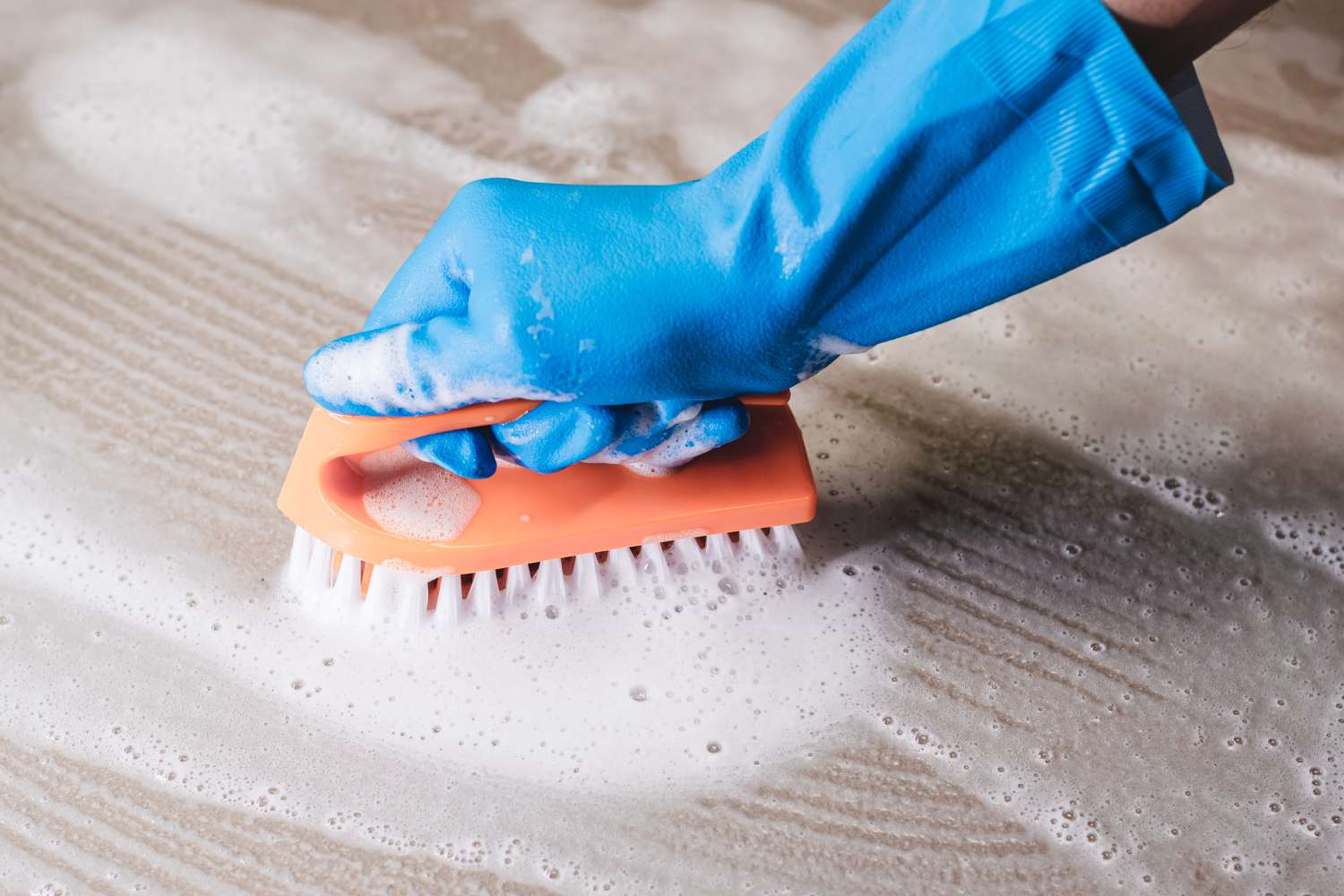
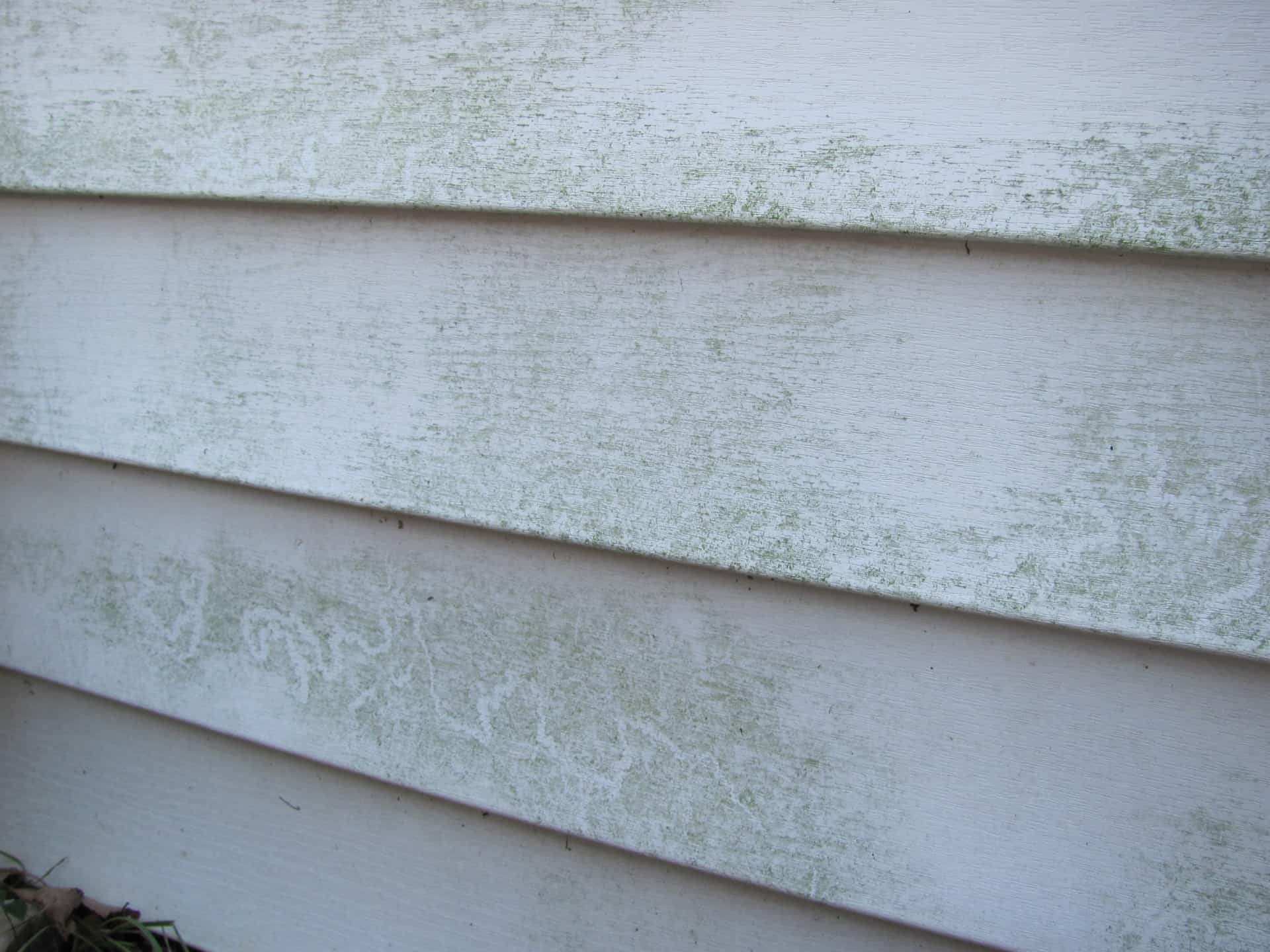
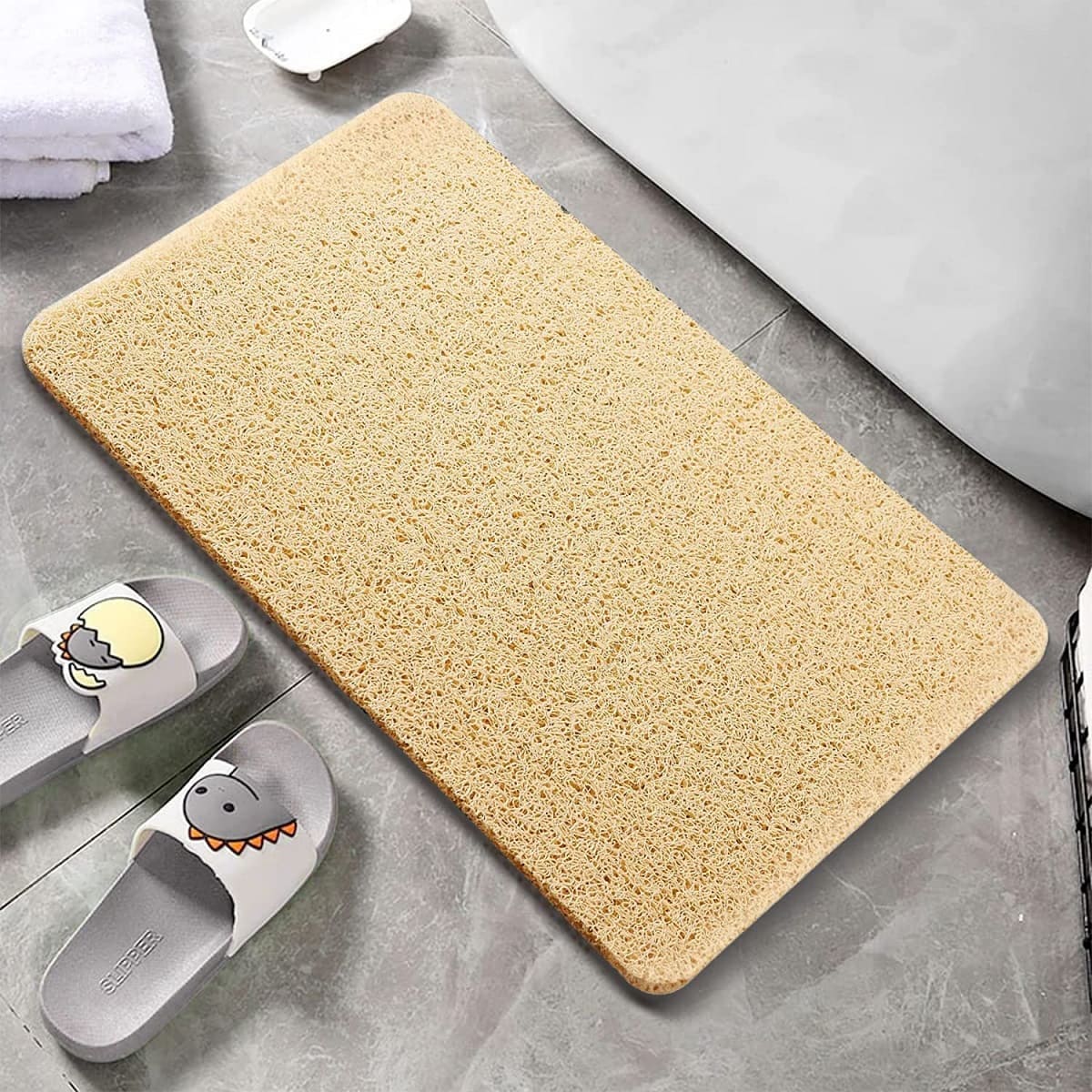
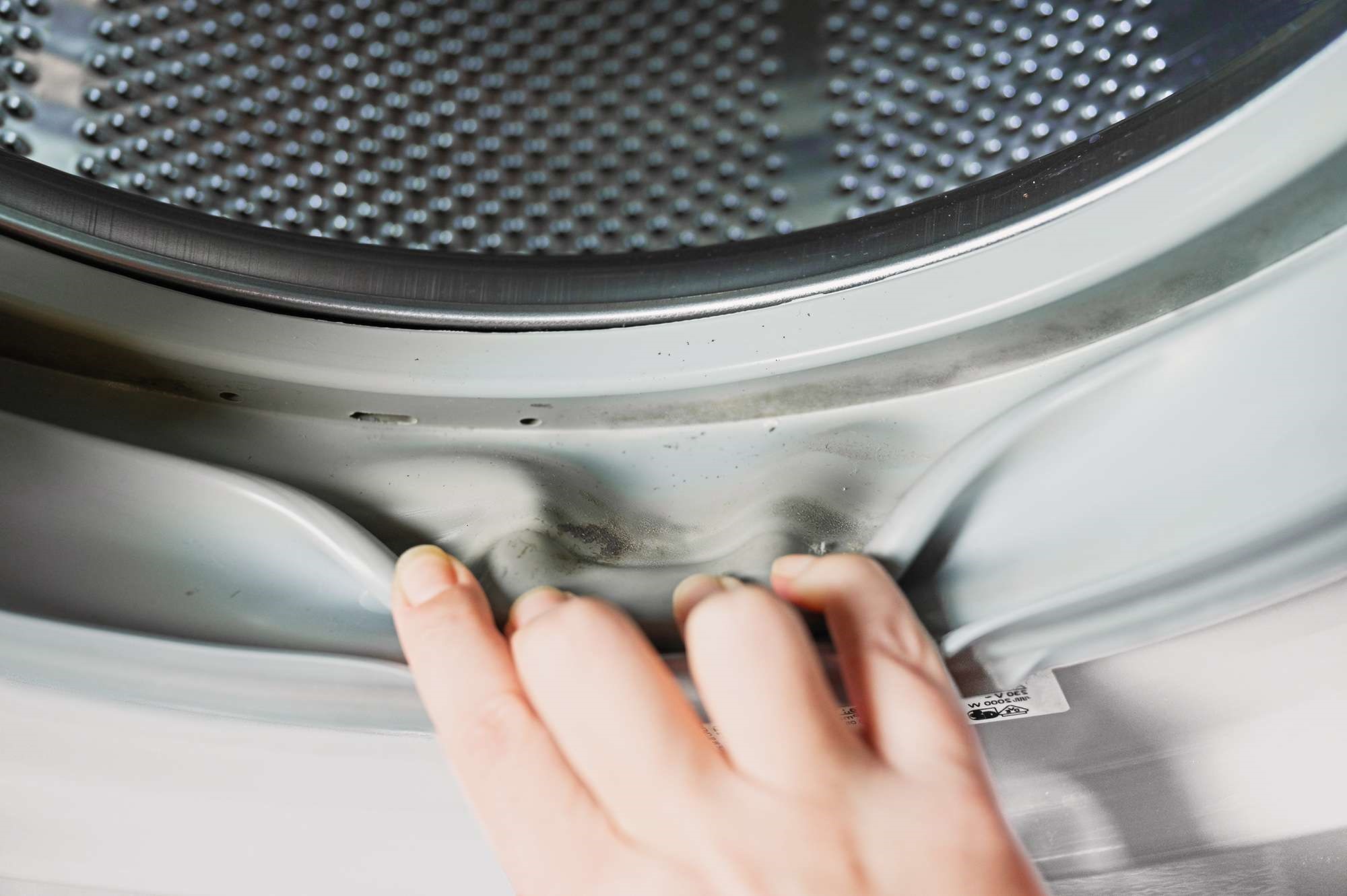
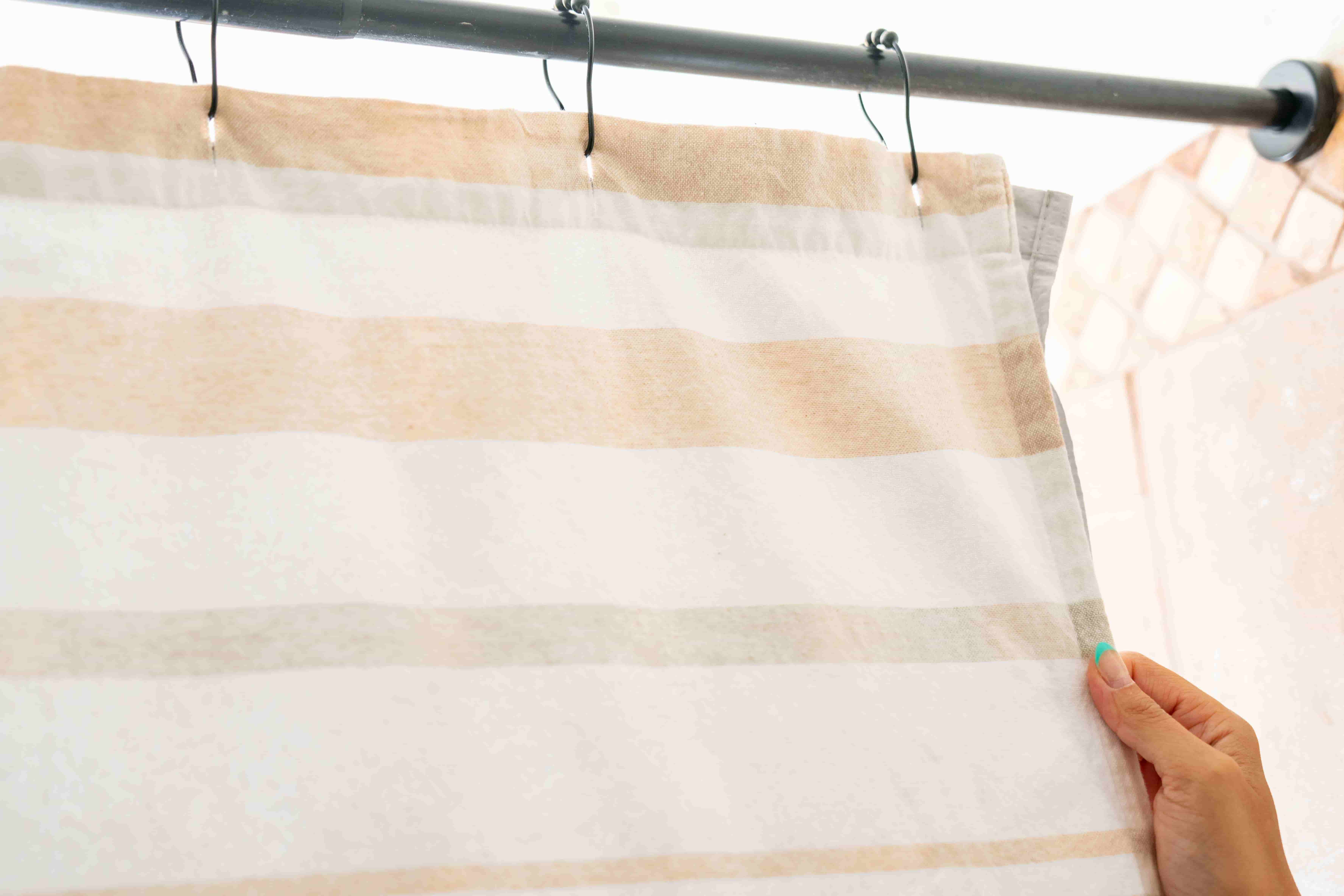
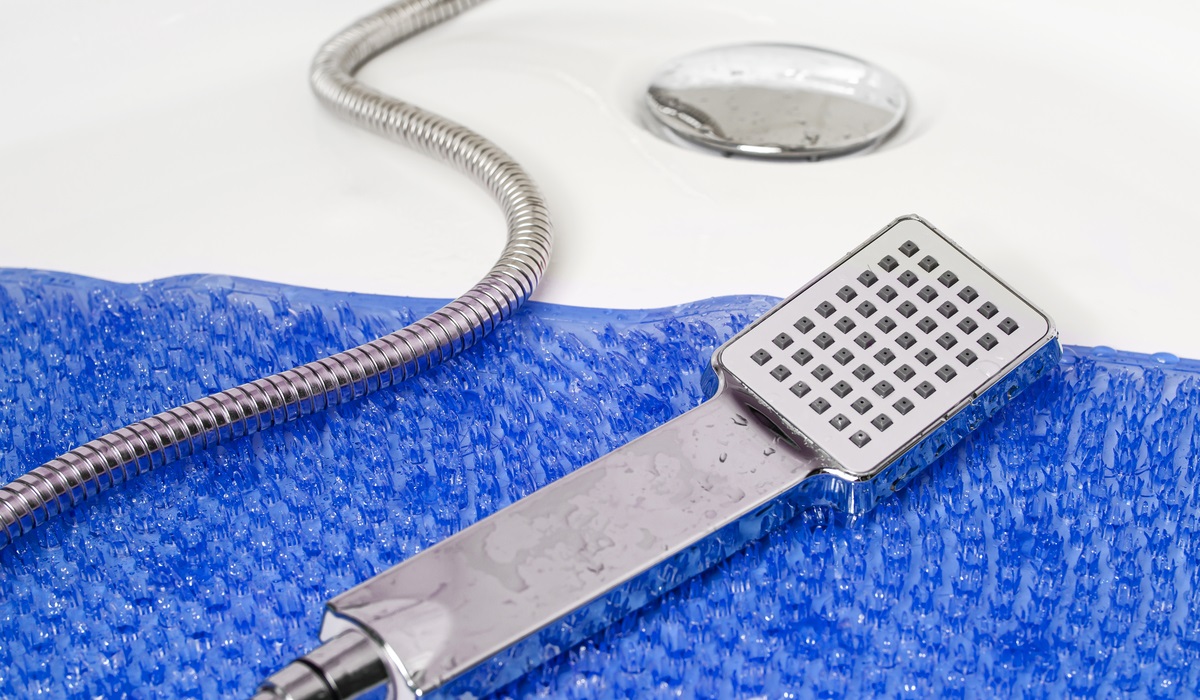

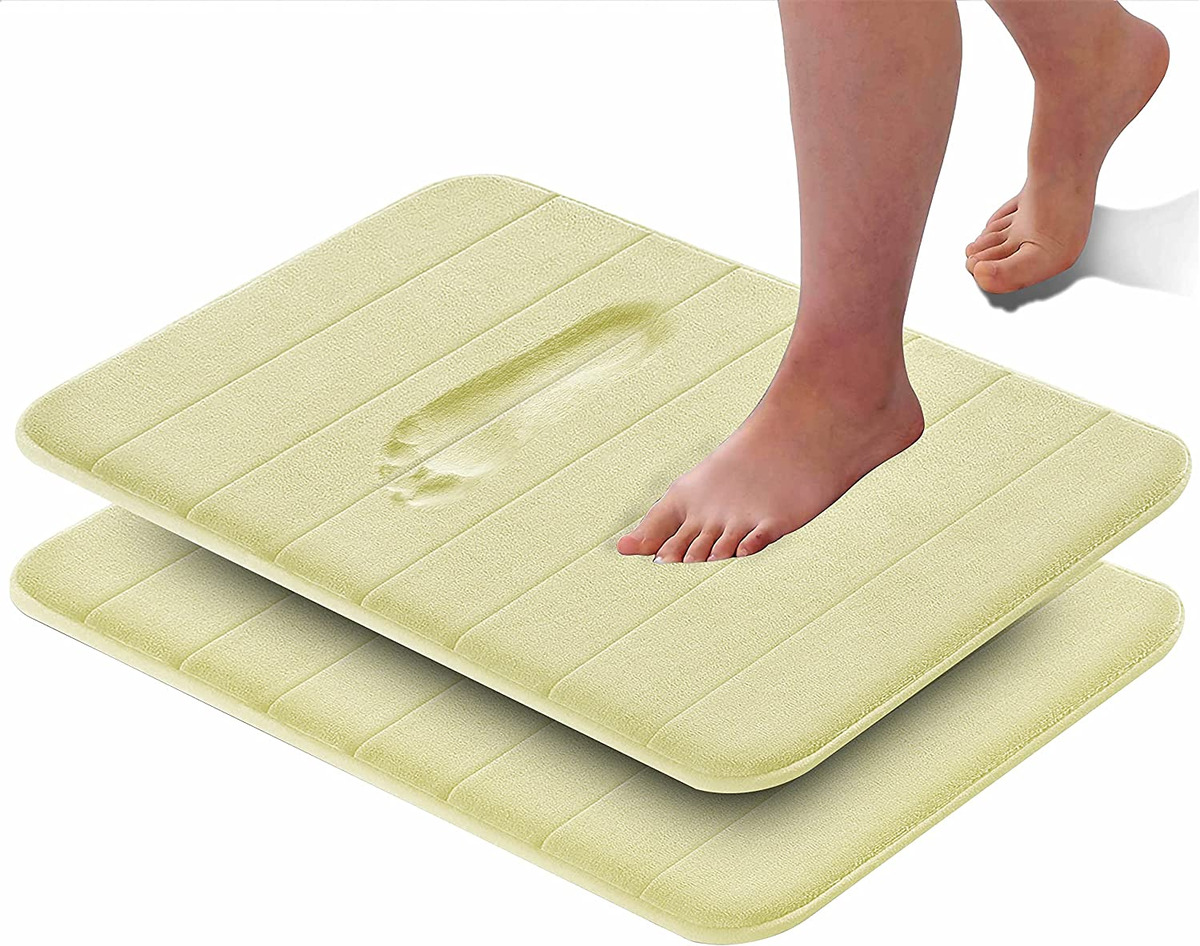
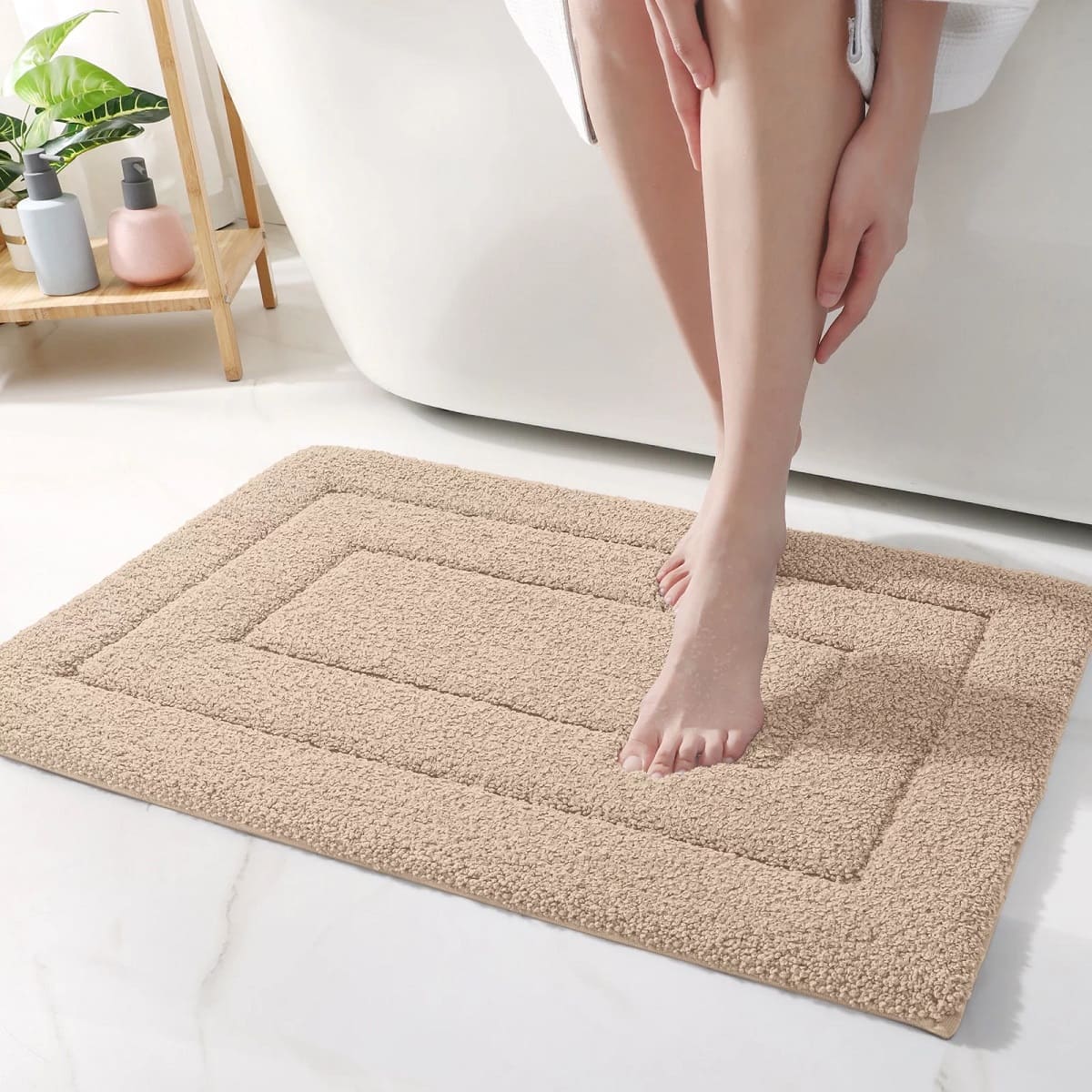
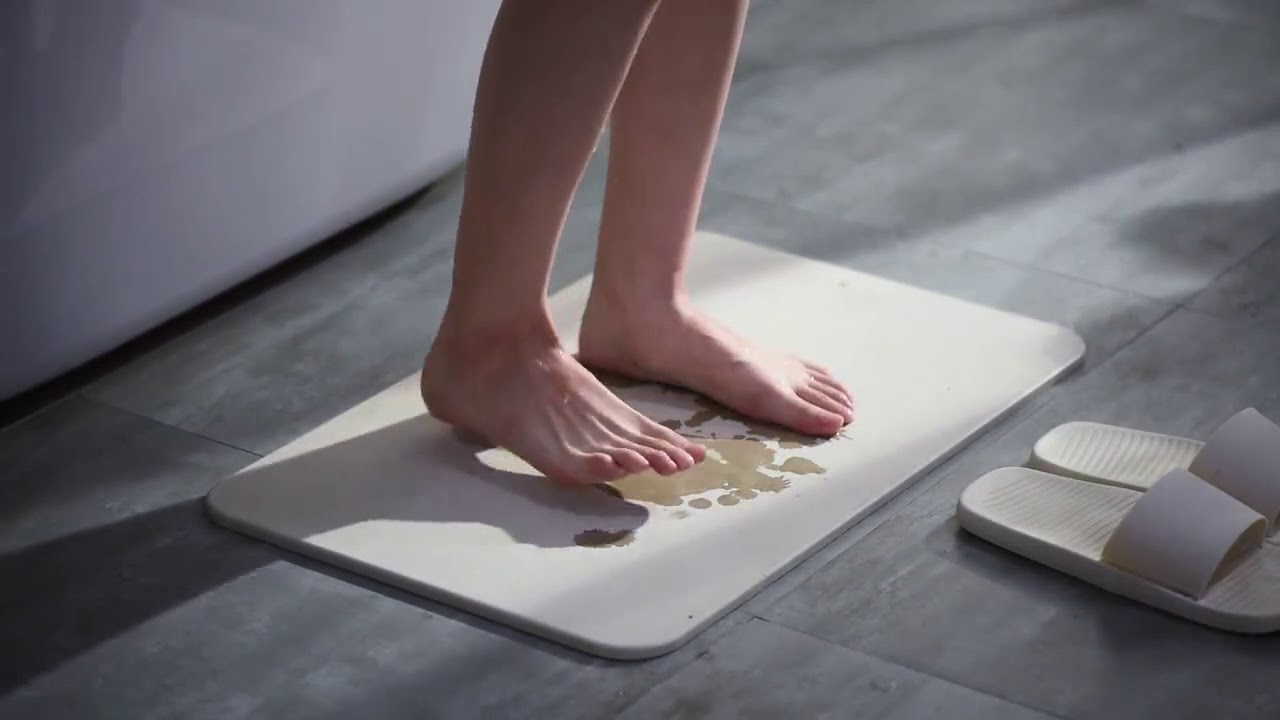
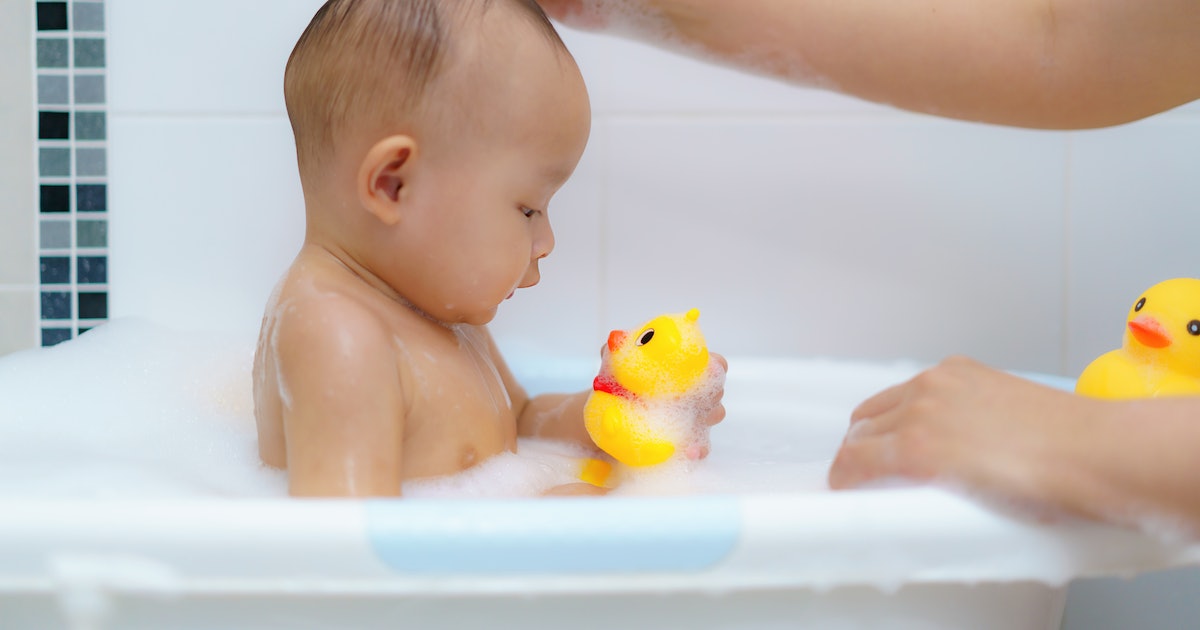
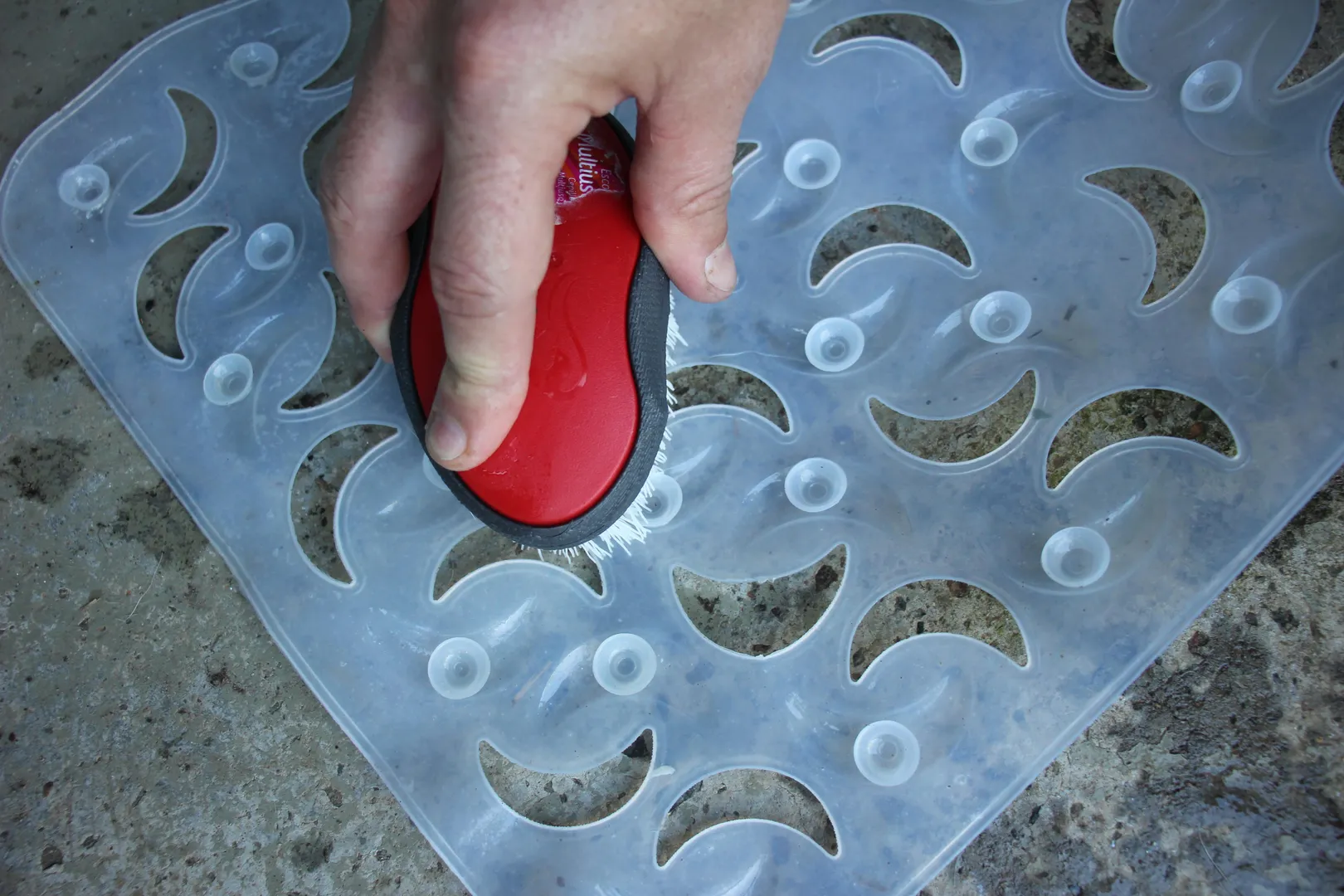
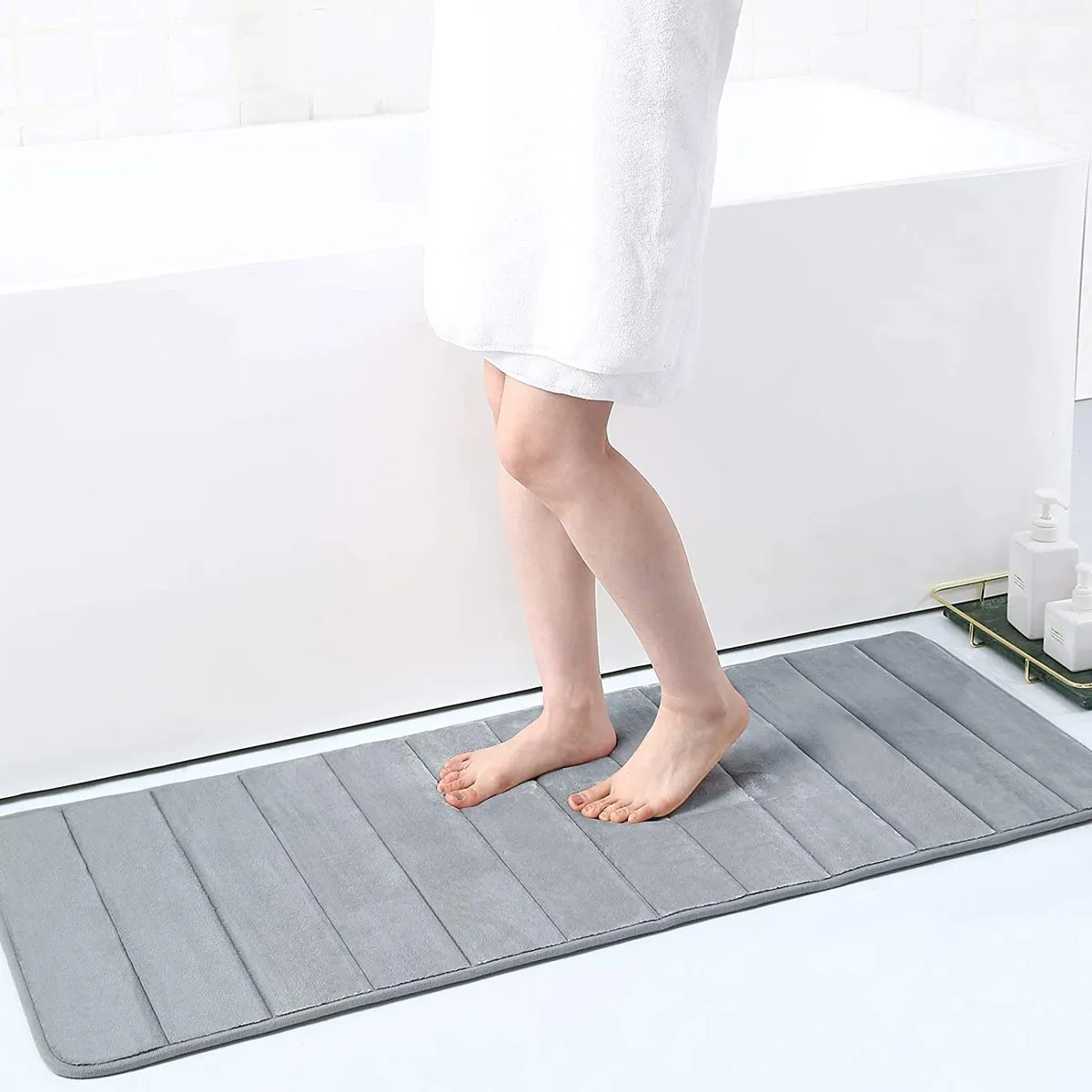
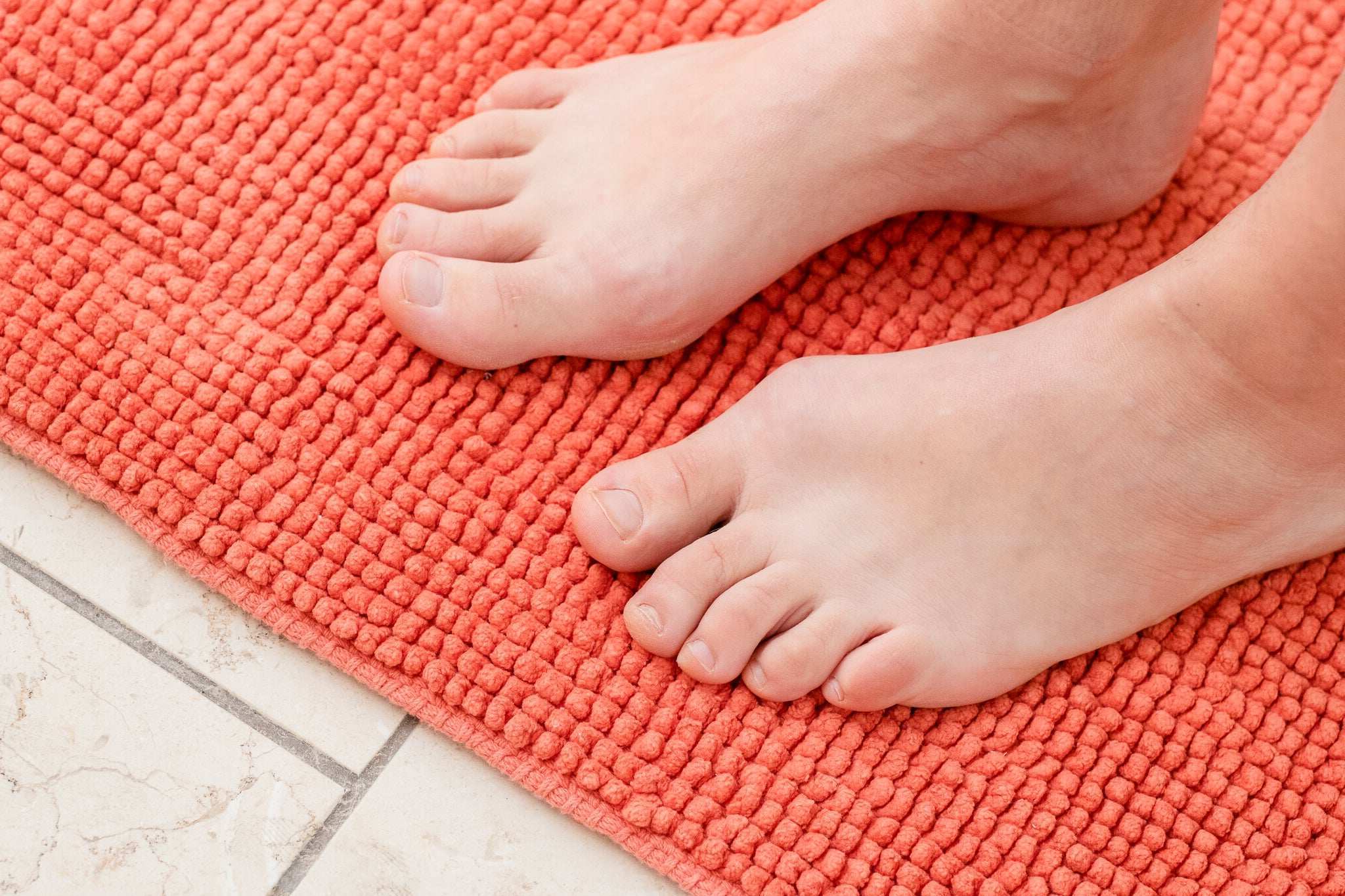
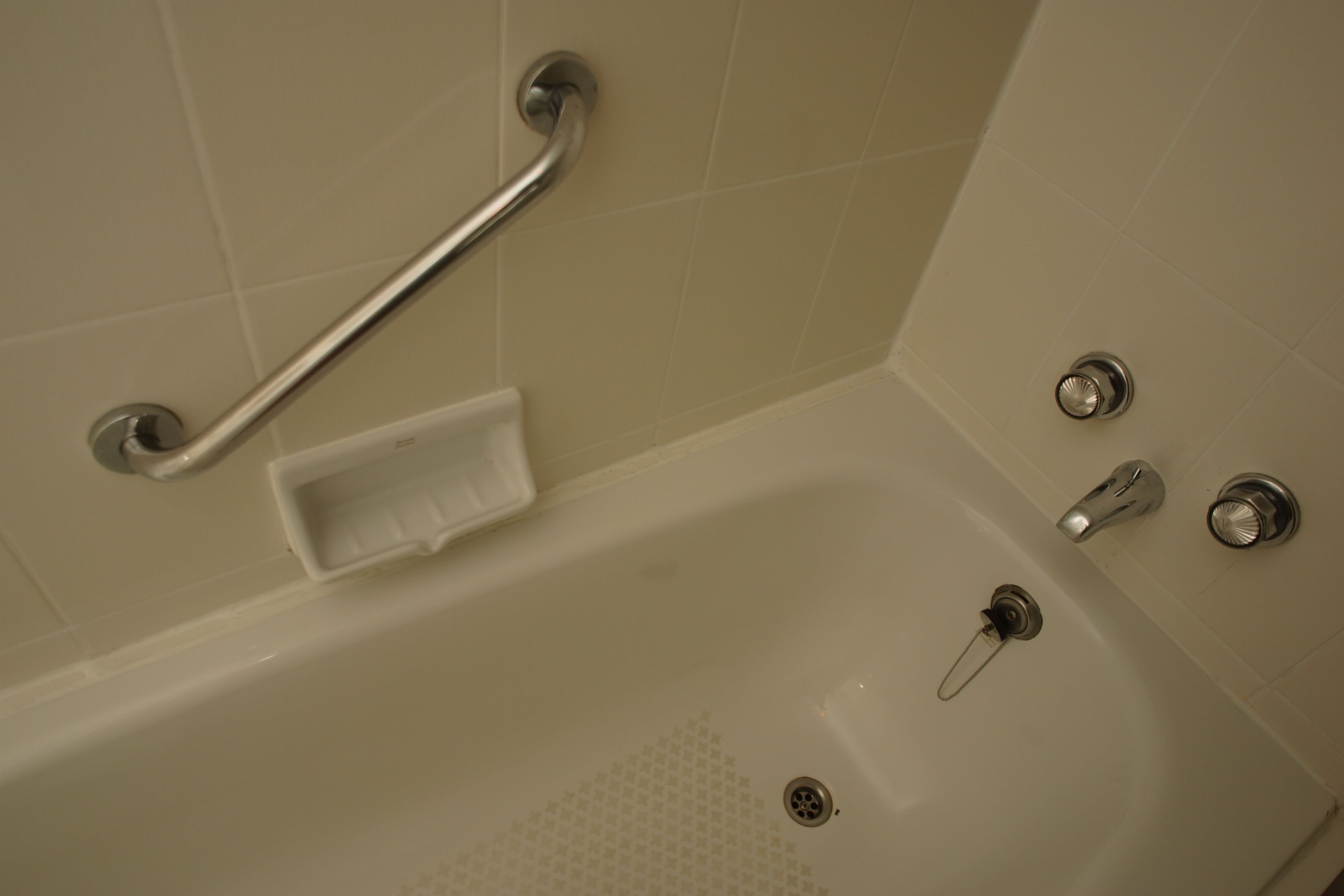

0 thoughts on “How To Get Mold Off A Bath Mat”